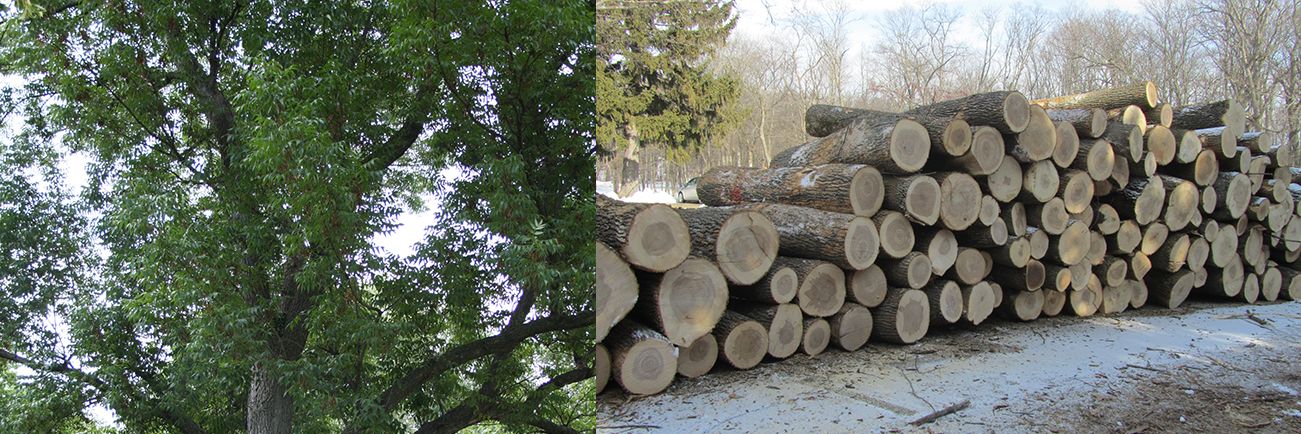The loss of ash trees from emerald ash borer (EAB), which has been found in eastern Nebraska, will not be immediate but trees will be lost statewide over the next several decades. The best thing to do is to plant trees to replace existing ash, and in a variety of different species so your landscape will be less vulnerable to future threats.
- Because the spread of EAB is typically gradual, it may take a decade or more before ash trees on your property are affected. By proactively replacement planting, new trees will begin to take their place and minimize the loss once it occurs.
- Plant diversely to avoid future problems with other recommended trees.
- Choose tree stock with good root systems and plant properly.
- The best place to “replacement plant” is at or near the tree canopy edge east, south or west of the tree you are replacing (north placement is normally too shady).
The Arboretum sees replacement planting as more sustainable long-term than treatment because of the cost, risk, and varying research about its effectiveness and potential for environmental harm. A few good replacements are Chinkapin and red oak, pecan, Triumph elm, coffeetree, sugar maple and linden. More recommendations.
Soil treatments can spread to flowering plants growing near the tree, exposing pollinators to the toxic chemical. The impact of multiple treatments in a neighborhood would be significant.
Tree injections are costly, need to be continued over the life of the tree, should be done by certified arborists and can expose trees to other pathogens; but they do pose less potential risk to the overall environment than soil treatments.
The Arboretum also recognizes the important role and benefits—environmental, social and economic—that all trees, including ash, provide. This is especially the case with mature ash established in landscapes where environmental and economic benefits are maximized. Municipalities, for instance, may want to consider treatment of high quality ash to spread out the cost and impact of loss. For homeowners, treatment might be considered for trees that significantly reduce home energy consumption.
In short, plant to replace… plant it forward.
Much more information on EAB at: http://nfs.unl.edu/nebraska-eab


